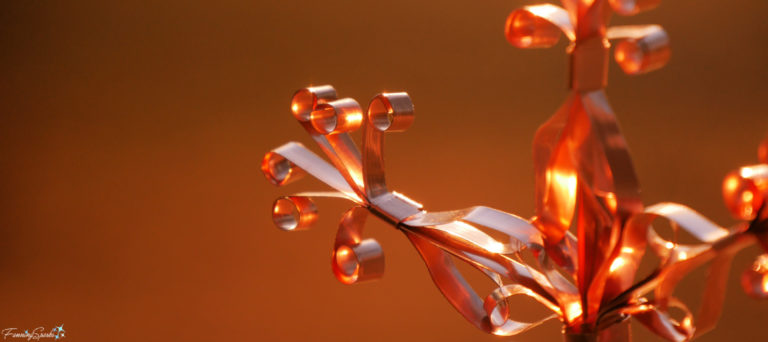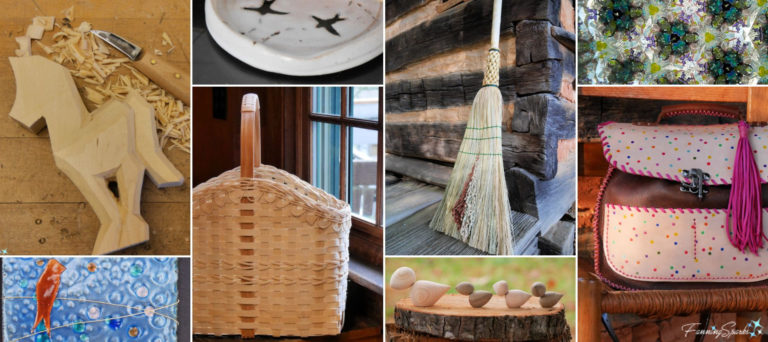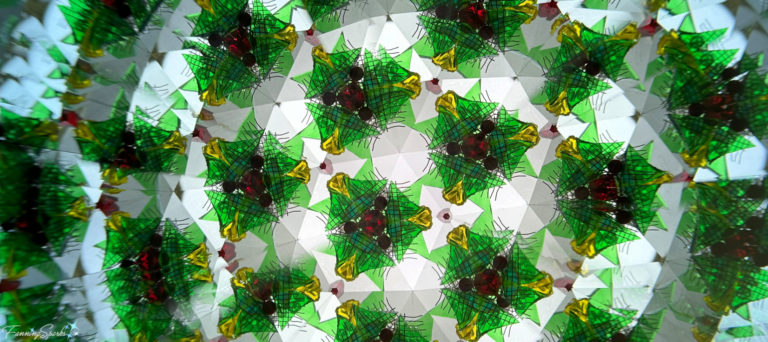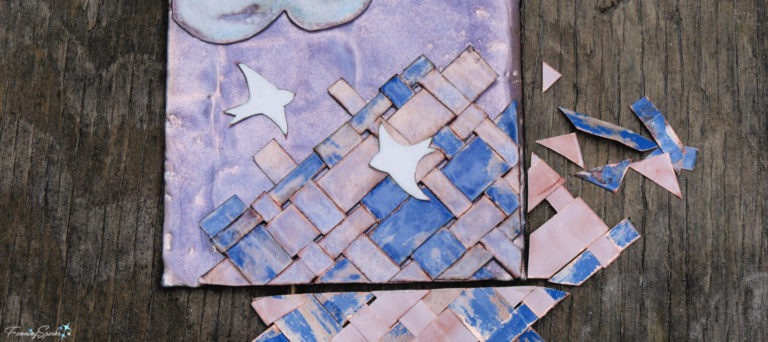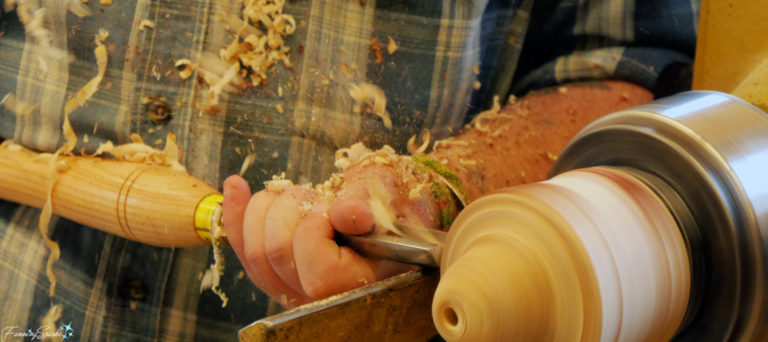Hello All,
Instead of a full blog post this week, I will simply wish you and your loved ones a safe and joyous holiday season!


Looking for a fresh idea to add sparkle and shine to your holiday décor? How about a little old-world charm in rich, warm copper tones? The copper snowflakes featured here have twists and turns reminiscent of the wrought iron of southern Europe. Hang them to catch the light and surround yourself with twinkling stars!
In the spirit of gratitude that permeates this time of year, I’ve been looking back at all the wonderful learning opportunities I’ve enjoyed at the John C Campbell Folk School. I recently returned from a six-week Work Study Program so the experience is fresh in my mind.
“The Kaleidoscope… is an instrument for creating and exhibiting an infinite variety of beautiful forms… to please the eye by an ever-varying succession of splendid tints and symmetrical forms” wrote Sir David Brewster about his marvelous invention.
A cardboard box full of old enameling supplies, spotted at a thrift sale and bought for a song, was the impetus for my most recent maker experience. And what a fun, freewheeling experience it was!
Woodturners love to joke about making shavings—as if the objective of turning wood is to slice off thin slivers of wood rather than to create beautiful objects. The shavings are the means to the end… not the end. But having just tried woodturning for myself, I understand the appeal—a well-executed cut can send wood shavings flying!


